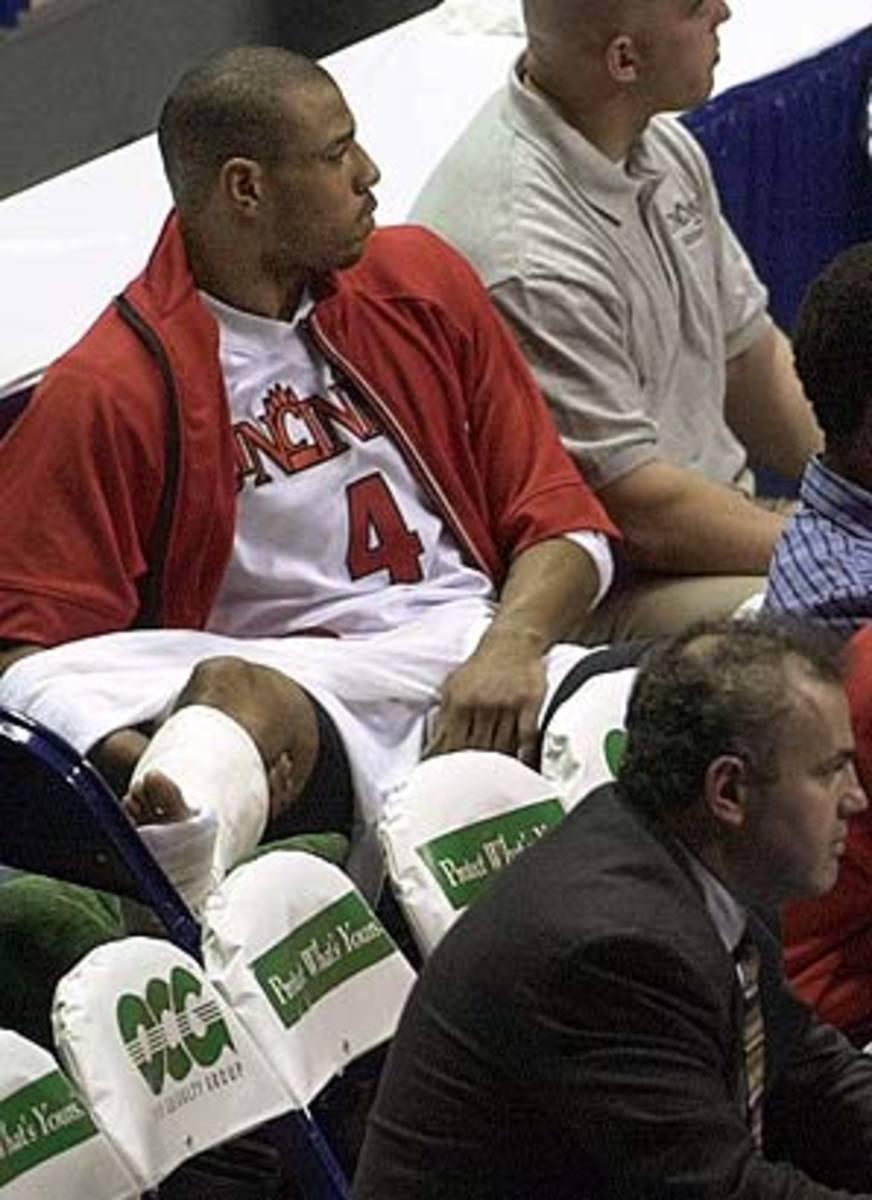Conference tourneys make a joke of the term 'student-athlete'
We really should do something to replace this term "student-athlete." Sometimes you wonder how the college presidents, conference commissioners, television executives and all the other suits who run big-time college sports even manage to keep a straight face when they utter it. At the very least, they should reverse the order so that the phrase accurately reflects the true priorities of many of the people in charge. Maybe "athlete-student" sounds a little awkward at first, but it's far more honest.
Or how about just "talent?" That's the term that people in the TV business use for the employees who perform in front of the camera, which is obviously what they think is the primary reason that the athlete-students are on campus. More and more, it seems that's how the players who will entertain us for the next month in college basketball's postseason are viewed, as nothing more than the talent.
For proof of that, look no further than the Big East tournament, which begins today. The Big East has become more like the Humongous East, a mega-conference with 16 teams, and for the first time, the conference tourney will include all of them. That means more games, which means more hours of programming for television, more tickets sold, more business at the concession stands at Madison Square Garden. In short it means more money for everyone, except the players, of course.
What do the players get? If they're one of the bottom eight seeds, they face the prospect of playing an exhausting schedule to have any chance of a championship. Teams like Georgetown, Notre Dame and Cincinnati will have to survive a grueling five games in five days to win the title game. It's unlikely that any of them will get that far, but even setting up a bracket that makes such a marathon possible shows how little regard the powers that be have for the actual players. Even the NBA doesn't schedule any of its teams to play five-consecutive days (like the NHL, the NBA doesn't play more than two days in a row), and those players are being paid considerably more than the cost of a scholarship. If the NBA tried to schedule a five in five, the players' union would file a grievance so fast David Stern's head would spin.
Conference tournaments are demanding enough as it is, at the end of a long season. Coaches of teams that already are certain of NCAA tournament bids spend much of their time trying to find the right balance between keeping their players rested and trying to win. North Carolina coach Roy Williams is currently wrestling with the question of how to handle point guard Ty Lawson's playing time in the ACC tourney, since Lawson is suffering from an injured toe. All coaches undoubtedly pray their team won't suffer the same fate as Cincinnati did in 2000, when the Bearcats were ranked No. 1 and the favorites to win the national championship until star forward Kenyon Martin broke his leg in a relatively meaningless Conference USA tournament game. The case can be made that conference tournaments are money grabs that even in the best-case scenarios put the players at unnecessary risk. Why make them longer and more demanding than they already were?
Granted, these are young legs we're talking about, but at the end of a 30-game season, this kind of conference tournament schedule would be a drain on even the youngest, best-conditioned body. Consider also that if one of those bottom eight seeds in the Big East gets on a roll from today through Saturday and wins the tourney, they will probably have a long plane flight to a regional far from home early next week. In addition to the toll all that travel and playing would take on their bodies, it would also make it hard for the athletes to pay much attention to the "student" part of their jobs.






